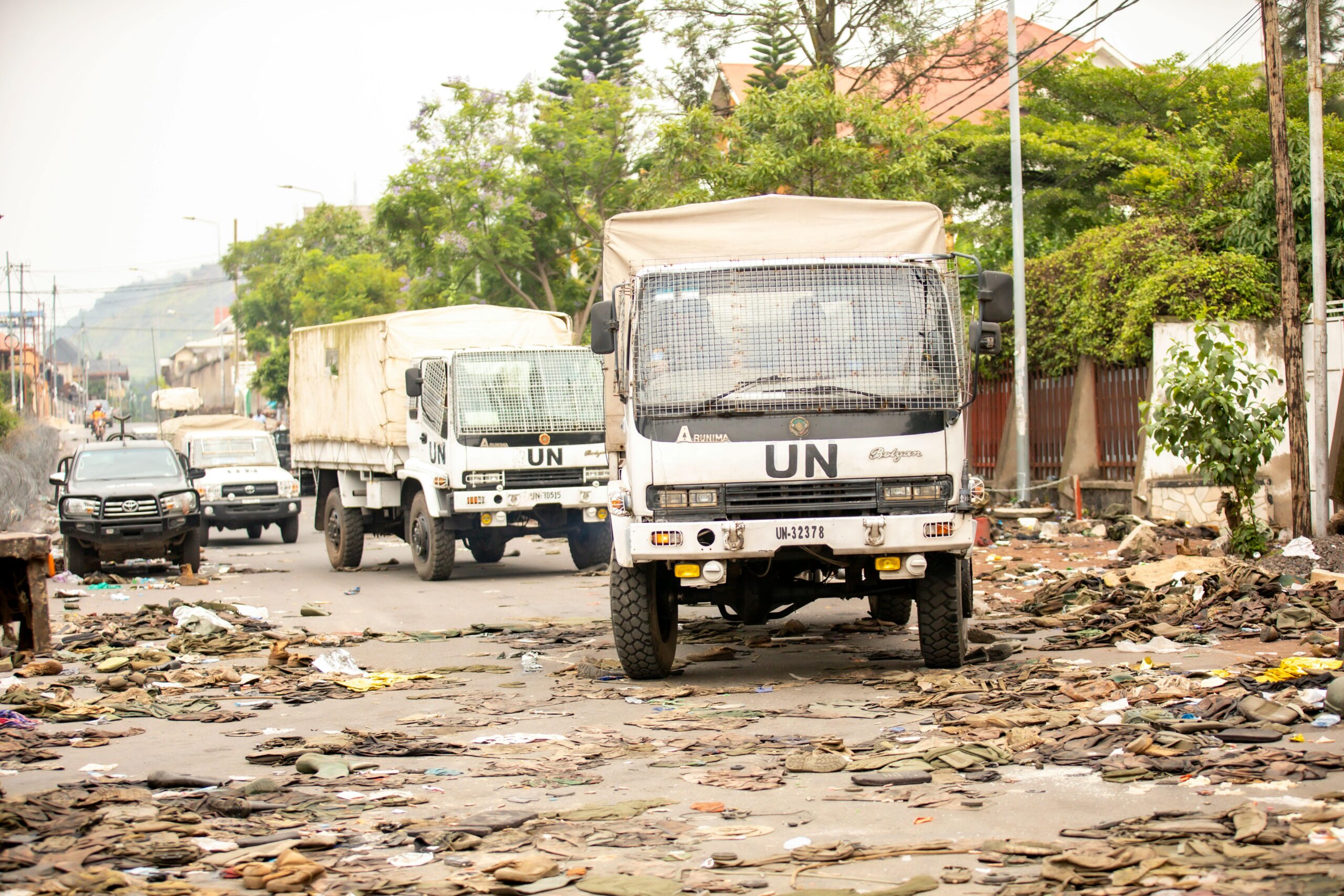In 2025, several of the world’s most influential democracies are heading into pivotal elections. From the United States to India, the European Union, and beyond, these contests carry weight not only for domestic policy but also for global governance, economics, and international stability. Much like global tours in music that draw the attention of millions worldwide, democratic elections in major nations act as events that shape global trends, set standards for governance, and influence the direction of international alliances.
This article explores why these elections matter, the strategies shaping campaigns, how digital platforms affect outcomes, and the broader implications for global democracy.
🌍 Elections as Global Turning Points
Just as world tours extend influence beyond the stage, national elections in major democracies impact far beyond their borders.
Instant Global Repercussions
-
Election results in large democracies often affect financial markets, trade deals, and diplomatic relations instantly.
-
Media coverage and digital platforms provide real-time updates, making these events global spectacles.
Viral Political Narratives
-
Campaign slogans, debates, and candidate gaffes spread rapidly across social platforms, shaping perception far beyond domestic voters.
-
Narratives about democracy, corruption, and freedom gain traction globally, influencing public opinion elsewhere.
Public Engagement Beyond Borders
-
International observers, expatriates, and foreign media actively participate in election conversations.
-
Policy stances on climate, security, or human rights resonate with citizens worldwide.
Example:
The 2025 U.S. presidential election debates on AI regulation and climate commitments have already become global talking points, as policies in Washington can set the tone for other democracies.
🎶 Campaign Strategies That Shape Outcomes
Modern elections rely on a mix of traditional campaigning and digital innovation—similar to how world tours balance stage design and social media reach.
1. Pre-Election Campaigns
-
Parties release manifestos, teaser ads, and issue-based campaigns.
-
Voter outreach includes interactive apps, text reminders, and localized events.
Example:
In India’s 2025 election, pre-campaign strategies included WhatsApp groups for voter engagement, enabling parties to reach millions in rural regions.
2. Real-Time Campaign Updates
-
Candidates broadcast live speeches, town halls, and debates through platforms like YouTube and Twitter/X.
-
Hashtags and geo-targeted messages trend during rallies.
Example:
During the European Parliament elections, real-time debates shared across TikTok created a youth-driven buzz that translated into higher turnout projections among first-time voters.
3. Post-Election Narratives
-
Parties use post-election content to sustain momentum, whether they win or lose.
-
Online discussions and voter-generated content maintain engagement, influencing midterm or regional polls.
🌐 Platforms Driving Election Reach
Just as tours leverage different platforms, campaigns strategically use digital channels to maximize influence:
-
Instagram – Visual storytelling of candidate life, policy highlights, and campaign aesthetics.
-
TikTok – Viral political challenges, bite-sized policy breakdowns, and humor-driven engagement for younger audiences.
-
Twitter/X – Fast-paced updates, real-time reactions, and hashtag wars.
-
YouTube – Long-form content: speeches, interviews, campaign ads.
-
Emerging Spaces – Virtual rallies, AR town halls, and AI-powered voter simulations.
📊 Measuring the Impact of Election Campaigns
Just as concert tours measure reach, elections rely on clear metrics to gauge influence:
| Metric | Purpose |
|---|---|
| Voter Turnout Projections | Gauge effectiveness of mobilization campaigns |
| Hashtag Trends | Track which narratives dominate public discussion |
| Engagement Rates | Measure how voters interact with digital content |
| Polling Swings | Connect campaign events to shifts in voter intention |
| Fundraising Metrics | Assess campaign sustainability and support |
Example Graph Idea:
A chart showing correlation between TikTok political engagement and youth voter turnout in major democracies.
🎤 Case Studies: Key Elections in 2025
1. United States – Global Democratic Influence
The U.S. election will determine leadership on NATO commitments, climate policy, and trade. Both parties have invested heavily in AI-driven voter targeting, and campaign spending is projected to surpass $15 billion, making it the most expensive election in history.
2. India – Democracy at Scale
With nearly 1 billion eligible voters, India’s election is the largest in the world. Parties employ grassroots digital strategies, including WhatsApp, regional influencers, and AI-driven speech translations to connect across 22 official languages.
3. European Union – Unity and Division
The European Parliament elections in 2025 are pivotal for immigration, digital sovereignty, and climate policy. Rising populist movements challenge traditional parties, with social media shaping narratives on identity and globalization.
4. Brazil – South America’s Democratic Pulse
Brazil’s presidential election focuses on Amazon protection, economic reforms, and corruption. Social platforms play a role in both mobilization and misinformation, drawing attention from climate activists worldwide.
5. South Africa – Emerging Challenges
The election centers on unemployment, corruption, and inequality. Youth-driven movements are using TikTok and Instagram to challenge long-standing party dominance.
🌍 Cultural and Community Impact of Elections
Elections are not just political contests—they shape global culture and citizen identity.
Political Communities Online
Like fan bases, political supporters form online groups, coordinate campaigns, and share memes that define digital culture.
Cross-Cultural Exchange
Global observers compare election debates across nations, fueling a shared democratic dialogue.
Amplifying Social Causes
Candidates use election campaigns to highlight social justice, climate activism, and tech ethics, resonating with younger generations.
Example:
The EU’s climate-focused campaigns have inspired activism in Asia and Africa, bridging geographic divides.
💡 Emerging Trends in Elections
-
AI in Voter Targeting – Personalized campaign ads based on voter behavior.
-
AR/VR Campaigning – Virtual rallies bringing candidates into voters’ living rooms.
-
Fact-Checking Networks – Growing demand for combating misinformation.
-
Micro-Influencers in Politics – Localized voices increasing trust over national media.
📊 Election Success Metrics
| Metric | Significance |
|---|---|
| Hashtag Duration | Indicates viral dominance of political narratives |
| Voter Turnout Growth | Reflects success of mobilization campaigns |
| Engagement Ratios | Measures loyalty and active participation |
| Fundraising Spikes | Tracks campaign momentum |
| Polling Accuracy | Evaluates impact of digital vs. traditional strategies |
Example Graph Idea:
A graph comparing youth turnout rates in democracies with strong TikTok campaigns versus those with minimal digital presence.
🎧 Case Studies of Innovative Campaigns
-
U.S. 2025 Presidential Race – AI-driven micro-targeting tailors ads to individual voters, reshaping traditional canvassing.
-
India 2025 Election – WhatsApp groups act as the backbone of rural campaign outreach.
-
Brazil – Environmental campaigns leverage Instagram reels to connect urban youth with Amazon issues.
-
EU Elections – TikTok debates reshape how younger voters perceive political institutions.
🌟 Challenges and Considerations
-
Misinformation: Fake news spreads faster than fact-checking.
-
Oversaturation: Too much digital campaigning can reduce voter trust.
-
Data Privacy: Targeting voters with AI raises ethical concerns.
-
Polarization: Algorithms may deepen ideological divides.
✨ Conclusion
Key elections in 2025 are about more than just choosing leaders—they are referendums on the future of democracy itself. With billions of people heading to the polls in the U.S., India, Europe, and beyond, the stakes extend far past national borders. Campaigns now rely as much on digital platforms as rallies, with social media shaping narratives, turnout, and even global discourse.
Just as a global music tour resonates across cultures, these elections echo worldwide, influencing not only domestic politics but also international relations, trade, climate action, and the defense of democratic values.
In 2025, the ballot box remains the most powerful stage in the world, and what happens in these democracies will define the global order for years to come.


